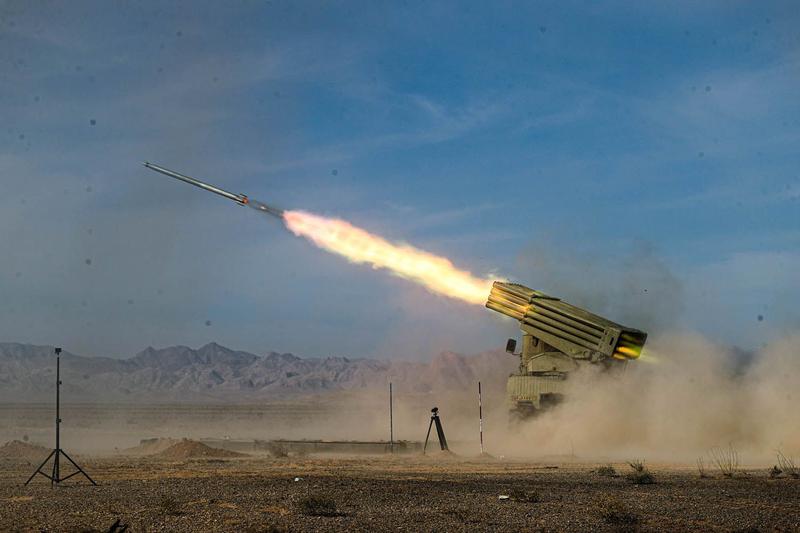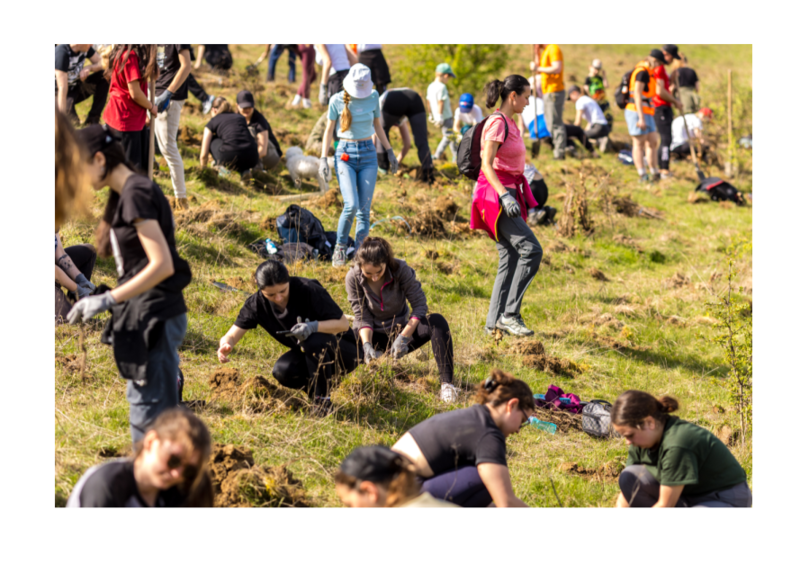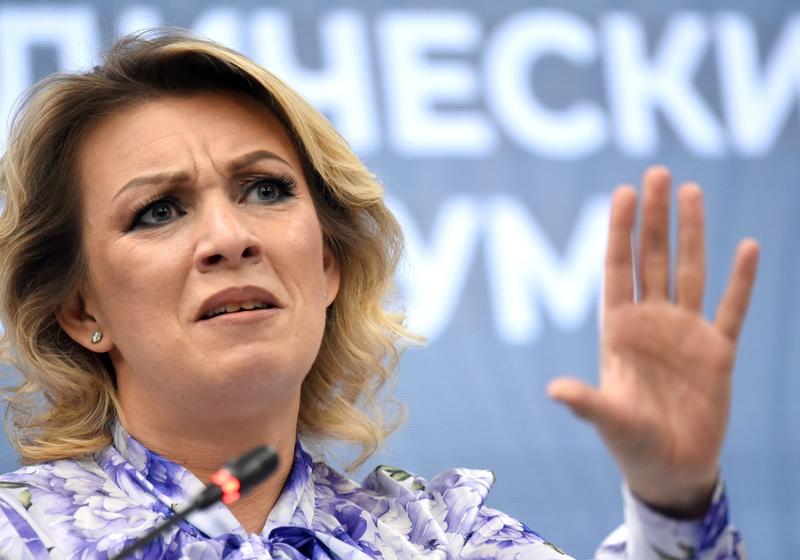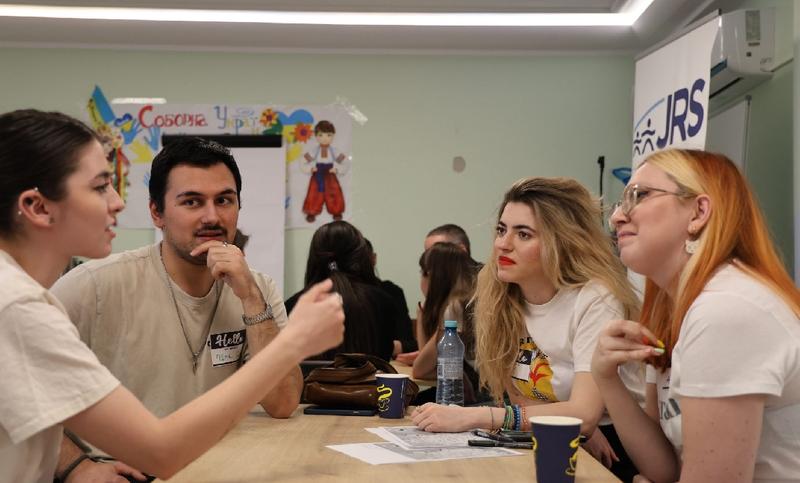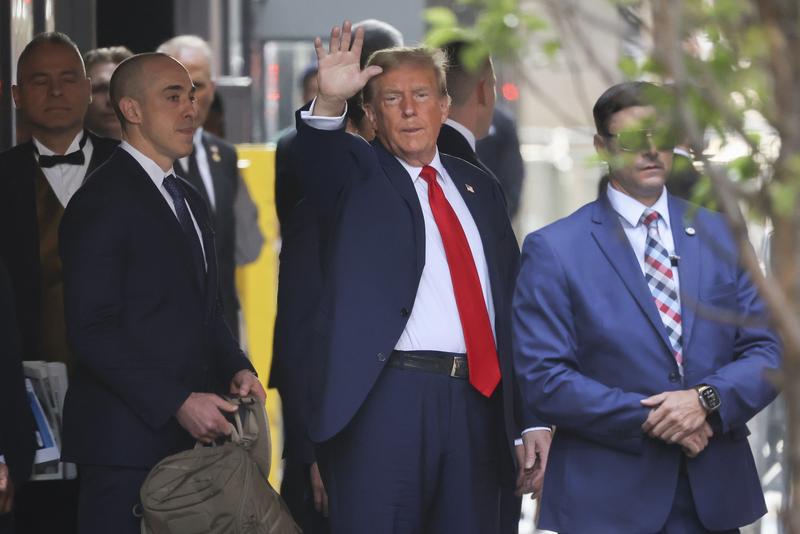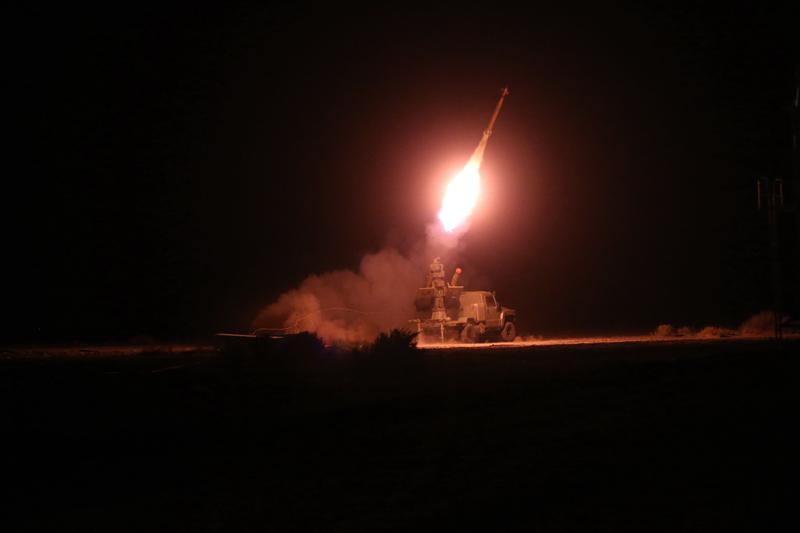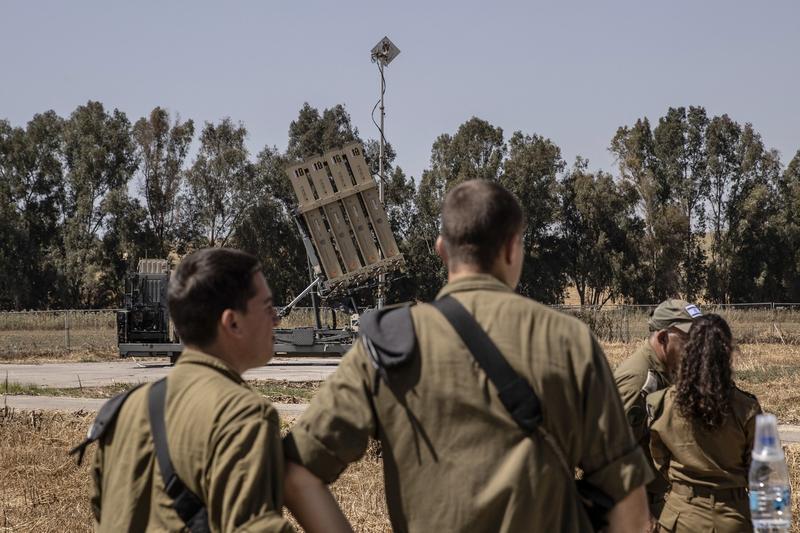by Radu Tatucu
A short video was circulating on the Internet recently showing a Romanian worker from Spain who was boasting for his friends at home with his Audi A6 2.5 TDI, worth 40,000 euro.
I then spoke with a friend about our Audi A6 Romanian owner and I could only agree with my friend when he noted that many Romanians working abroad indulge in similar excesses with the money they earned abroad and so their contribution to the Romanian economy was rather limited.
But despite the validity of this statement, a major distinction should be made.
On one hand, there are Romanians working abroad only temporarily – including those working in agriculture, seasonal tourism and other sectors. They stay there for 3, 6 or nine months, return home and may repeat the cycle again next year.
This category brings home most of their earnings abroad as this is the purpose of their departure – earning bigger money than they could have ever earned in Romania and using it back home.
On the other hand, there are Romanians who are permanently at work abroad, be it legally or illegally. They return to Romania for several-week holidays only – and this is where the Audi man probably belongs.
And this category of workers bring back just a small part of their earnings, as most of the money is used in the country they work in.
This article is about Romanians in the first category, which back home are called "capsunari" (strawberry pickers). They have a much bigger role in the economy of Romania because of how they bring back the money they earn abroad and use it here.
Late last year, the Romanian newspaper Gandul reported in an article on the conclusions of an international conference in Bucharest on the eastward enlargement of the European labour maket.
One of those conclusions was that the money brought home by "capsunari" would be beneficial for the Romanian economy "had they been invested and not used to pay debts or to buy homes, cars, home appliances". Nothing new so far.
Many recent studies show both the magnitute of the international labour migration (20% of the Romanian work force is estimated to be abroad and thus 2-3 billion euro return annually to the country) and its implications on the Romanian economy.
And the main conclusion of the studies is that the money sent from abroad have a positive impact on the Romanian economy if invested and a negative or least positive impact if used in other purposes.
But it is time for a new debate to be started on the international migration of Romanian labour and the resulting money. The reason is that too much focus goes on this falsely dual nature of the phenomenon of how the money sent home is used, when the "investments" and "non-investments" should be two faces of the same coin.
Using the money from abroad in opening a business in Romania is an investment in productive capital. Using the money to let children to school is also an investment – in human capital. Everybody might agree with this.
But not anybody might agree with the idea that using money to build a house or a car is also an investment – both a short term one, and a medium/long term one.
When referring strictly to the definition of "investment" – to place money into something for profit – maybe a home, a car or a home appliance would not be the best samples of investment as they do not bring a direct profit.
But they should be considered investments, because the money used this way have a multiplying effect that is often neglected. Which is, in the case of building a house, the fact that it produces demand on a local market, both for construction materials and labour.
That would lead to increasing incomes to distributing firms on a local market and producers from elsewhere in the country. And that would mean higher incomes to the state budget, through the high level of taxes applied. The same goes for the work force used.
A similar analysis applies when it comes to cars or home appliances.
The "capsunari" would rather buy a locally produce Dacia Logan, for 6-7000 euro, than a Renault or Peugeot for 10-12,000 euro – much less an Audi A6 for 40,000 euro.
This would amount to an argument in favor of the short time positive impact of these investments.
When it comes to medium and long term investments, the talk should focus on economic development not only as a growth of the per capita GDP, but mainly as a visible and sustainable growth of living contidions. And the visible part would be the investment in houses and cars, while the sustainable part would come later in the form of business or educational investments.
The big remaining question is if these "capsunari" would form a new class of small entrepreneurs and would develop their own businesses – or will they become unemployed or subsistence farmers again?
But many of the Romanian workers in agriculture abroad have already accumulated an important intellectual capital in the countries they’ve been working and seem ready to use it in Romania, along their financial capital, to achieve their dreams.
It would not be a wonder if ten years from now Romania, while not spotted by Audi A6 everywhere, would become a country where strawberry farms and organic agriculture would be the norm and not an exception in the rural areas.
Author Radu Tatucu is Junior Professional Associate at the World Bank, Banca Mondiala in Washington, DC. Opinions in this article belong exclusively to the author
